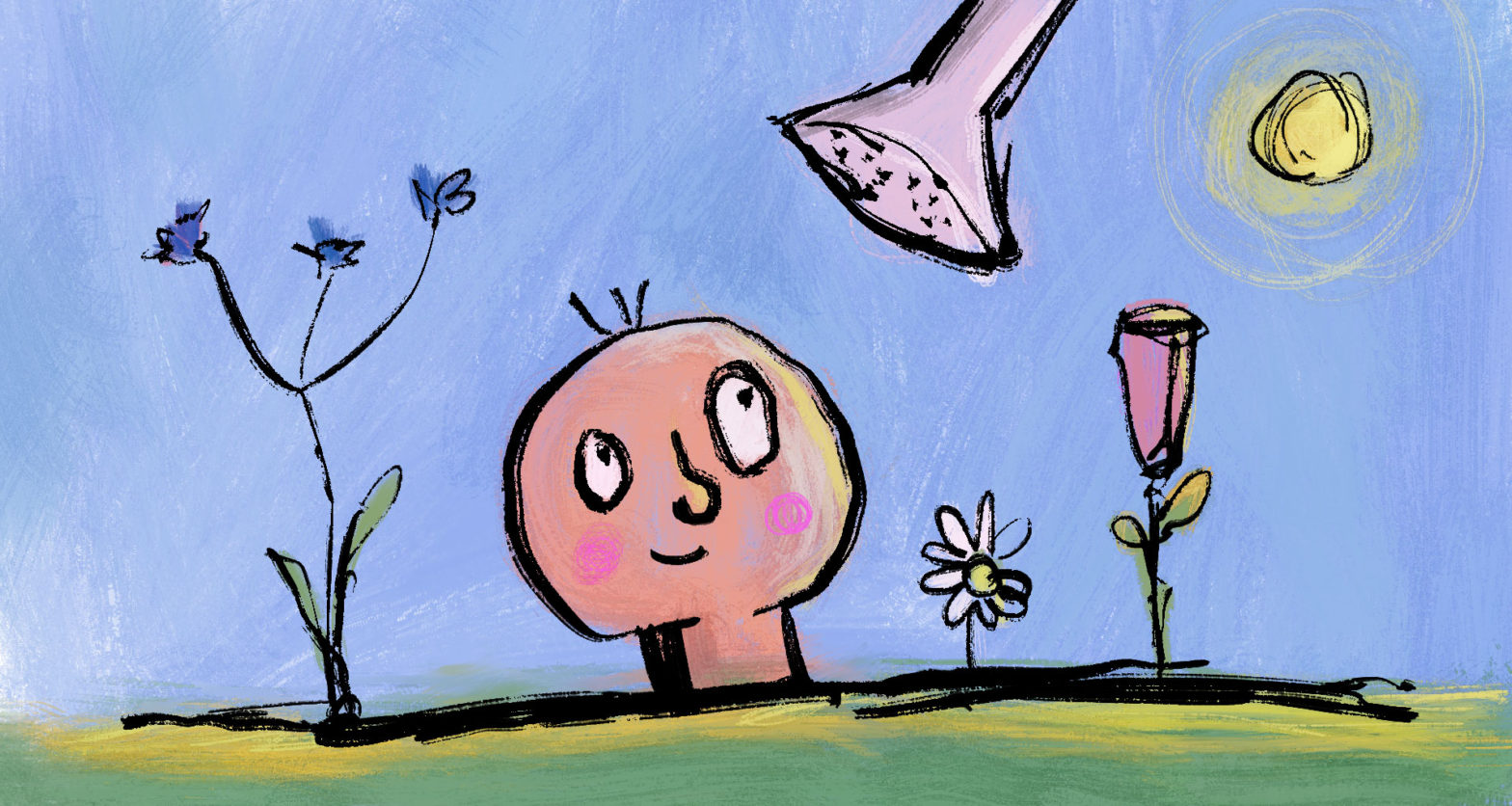My dad once told me that there are two ways to grow a garden. The first way is to pick the plants you love, regardless of which conditions they thrive in, and spend the time and energy supporting their growth. If you like mangoes and you’re in Melbourne then it’s possible to grow them, they just require a lot of care, attention, and work. You need to keep them warm and insulated in the cold Melbourne winter, and you need to keep them well-watered in the dry Melbourne summer. It is possible to grow a garden like this, but boy, it’s a lot of work for the gardener and the plant.
The other way to grow a garden is to take a bunch of largely random plants and flowers, throw them in the soil, ignore them, and see what grows. Some plants love the combination of the cold Melbourne winter and dry Melbourne summer. They will not only survive, but thrive, and best of all, they require little to no work. It’s possible to have a lush, beautiful garden in either scenario.
One way to look at growing a garden in the first way is a largely selfish, close-minded pursuit. “I like mangoes, therefore I will do whatever it takes to grow a mango in Melbourne.” The result is a lot of work and often frustration for very little (if any) yield.
Growing a garden in the second way requires a listening approach; an understanding and recognition of the plant itself – its preferred growing conditions – and the properties of the environment in which it’s expected to grow. The idea isn’t about what I want, it’s about making a match between the plant and its environment.
People may just be plants – we need sun, water, and food – but with more complicated emotions
In a people leadership context, I can’t help but come back to this advice from my dad about plants. It is possible for a person to survive in an environment that isn’t suited to their strengths, but they won’t thrive. It’ll take an immense amount of work (both on my part and theirs) for very little (if any) reward. One way to look at my job as a manager is about understanding the unique strengths of the people in the team and then going about finding or shaping the environments in which they’ll thrive.
Yes, sure, plants are not people. People can change and adapt in a way that plants can’t. That’s where a conversation can change things. If a team member comes to me and says, “Look, I want to learn the skills to help me thrive in an environment that I’m not naturally suited to,” that’s great! That’s when my job is to offer the right structure and support for that person to ensure that they achieve what they want to achieve – perhaps become more adaptable, more resilient, and more versatile. But, starting from a place of listening is the important first step. Understanding strengths and biasing toward those, rather than doubling down on trying to improve weaknesses as is the current default within a culture of individualism, is to me, a more positive experience for the person and the planet – whether your job is to help plants or people grow.
